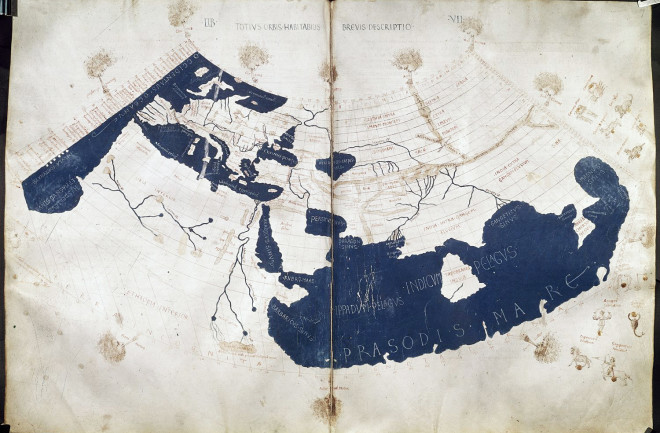Humans have made maps for untold thousands of years. They’re among the oldest modes of communication, predating written language. But, as cartographer Norman Thrower writes in Maps and Civilization: Cartography in Culture and Society, “Only a small fraction of the maps produced in earlier ages has survived.”
A handful remain with us, though, including these examples drawn from vastly different times and places. Together they hint at the fascinating and diverse ways our ancestors located themselves and their worlds in space. “Viewed in its development through time,” Thrower writes, “the map details the changing thought of the human race, and few works seem to be such an excellent indicator of culture and civilization.”







